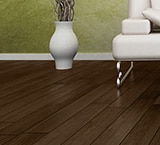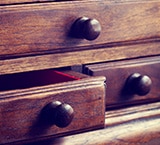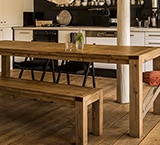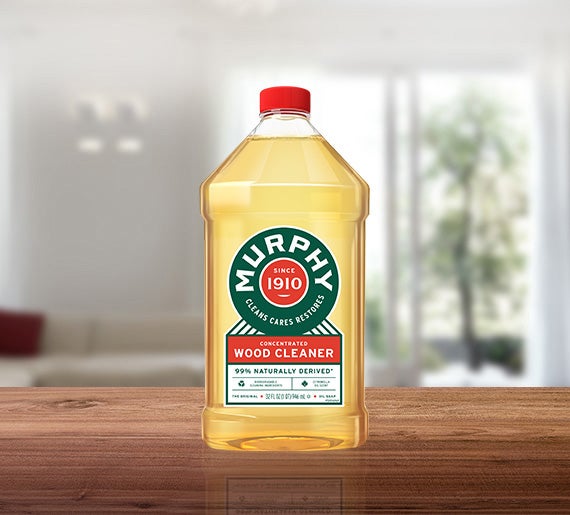It's easy to revive tired, take-a-beating cabinetry if you know how to clean wood cabinets. A thorough cleaning removes grime, grease, dirt and layers of food that can detract from the cabinet's aesthetic, hiding the brilliance of their finish and the beauty of the wood's grain. This guide details how to clean wood cabinets, from start to finish.
PREPARE YOUR CABINETS
Gather the materials you'll need to complete the project. You'll want to get two buckets that are large enough to swish a rag around in the water to shake it of excess dirt, and you'll also want a good natural wood cleaner. Murphy® Oil Soap gets deep into grime to break up dirt particles and it's safe to use on wood products like cabinets. Next, gather another cloth or sponge. You may also want to use an old toothbrush to get into crevices. Avoid using any abrasive cleaning tools like steel wool on the cabinets, which can remove the finish or stain and damage the wood.
CLEAN YOUR CABINETS
Now that you have your supplies gathered, here's how to begin cleaning:
- Fill one bucket with water and add the natural wood cleaner. Most products will have instructions on the label as to the ratio of water to cleaner. Use warm water or hot if you can tolerate it. Warm or hot water will cut through and break up grease and help to dislodge dirt and grime.
- Fill your second bucket with warm water only.
- Swish your rag or sponge in the first bucket with water and cleaner and work your way around the kitchen or bathroom, one cabinet at a time.
- Gently rub the cabinet door, and then open the door to wash around the frame. Do the same with the drawers, washing the drawer front, and then opening it to wash the frame.
- Use a second rag dipped in the clean water and wipe down the cabinets again to remove cleaner and leftover grime.
- To be on the safe side, wipe down the cabinets with a dry cloth at the end of these steps. Even though you're using a safe cleaner, wiping away any residue ensures that you don't leave any cleaner behind and the cabinets won't be wet, as moisture can damage the finish by penetrating through any cracks in the finish.
- If you're working in a kitchen, start with the upper row of cabinets. Dirt and grime may dislodge and fall onto the lower cabinets in the process, so it's best to start with the upper row first and work your way across the room before cleaning the lower cabinets.
Beautify your kitchen or bathroom, and learn how to clean wood cabinets safely. With an hour or so of your time and a little elbow grease, you can remove years of built-up grime and dirt and restore your cabinets to their former glory.
This article was brought to you by Colgate-Palmolive Company, the makers of Murphy® Oil Soap. The views and opinions expressed by the author do not reflect the position of the Colgate-Palmolive Company.











